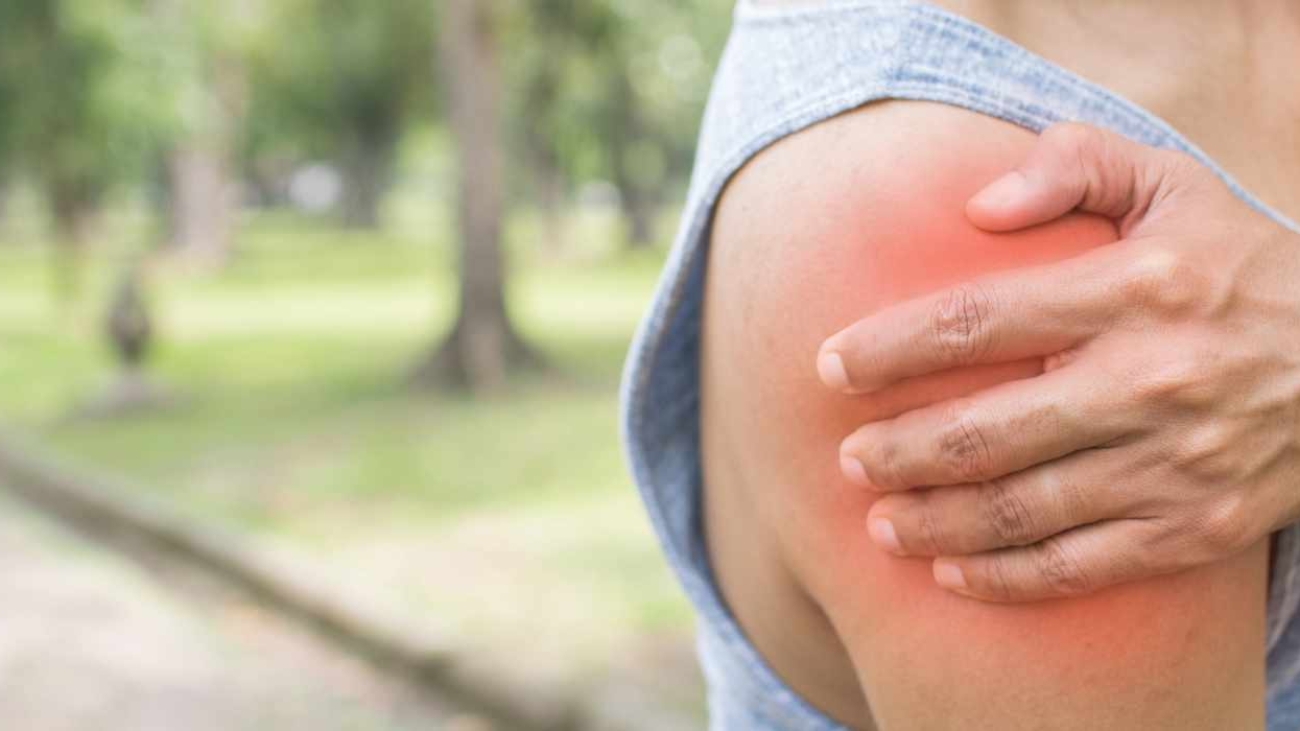Pain above the shoulder blade? your first thought probably jumps to the rotator cuff. While it’s one of the most well-known causes, there are several other conditions that can cause similar discomfort — from neck-related nerve compression to joint inflammation. Identifying the real source of pain is key to getting lasting relief.
If you’re struggling with chronic shoulder issues, it’s crucial to understand that the pain might be originating from structures around the shoulder, or even from entirely different parts of your body.
Here are four common causes of shoulder pain that have nothing to do with your rotator cuff:
1. Pain Originating from the Neck (Cervical Spine Issues)
Sometimes, shoulder pain isn’t coming from the shoulder at all — it’s referred from the neck. Conditions like cervical spondylosis, nerve compression, or a disc bulge can cause radiating pain down the shoulder or arm.
You may notice:
👉🏻Pain traveling from the neck to the arm
👉🏻Tingling or numbness in fingers
👉🏻Neck stiffness or limited range of motion
An orthopedic or spine evaluation can help pinpoint whether your pain is nerve-related rather than joint-related.
2. Shoulder Impingement or Bursitis
If raising your arm or reaching overhead triggers sharp pain, you might be dealing with shoulder impingement or bursitis. These occur when tendons or bursae become inflamed due to repetitive motion or poor posture.
Early relief strategies:
👉🏻 Rest and avoid overhead movements
👉🏻 Apply cold compresses
👉🏻 Gentle physiotherapy and posture correction
3. AC Joint Arthritis or Sprain
Pain on the top of your shoulder could stem from the acromioclavicular (AC) joint, which connects the collarbone to the shoulder. Overuse, heavy lifting, or minor trauma can cause inflammation or arthritis here.
This pain often worsens when carrying bags or sleeping on the affected side.
4. Referred Pain from Internal Organs
In rare cases, pain around the shoulder — particularly on the left side — may be referred from the heart, lungs, or diaphragm. If shoulder pain comes with chest tightness, breathlessness, or dizziness, seek immediate medical help.
When to See an Orthopedic Specialist
Consult an orthopedic doctor if:
👉🏻 Pain persists for more than two weeks
👉🏻 You have trouble lifting your arm or sleeping
👉🏻 There’s numbness, tingling, or weakness
At Surannavar Hospital, our specialists use advanced diagnostic tools and physiotherapy-guided care to accurately treat the root cause of your pain — not just the symptoms.
At-Home Relief Tips
✔️ Apply ice packs for 15–20 minutes a few times daily
✔️ Maintain good posture at your desk
✔️ Practice gentle shoulder and neck stretches
✔️ Avoid sudden, heavy lifting
If your shoulder pain persists despite rest, don’t self-diagnose based on the rotator cuff. A thorough examination by a physical therapist or orthopedic specialist is essential to pinpoint the true cause and start an effective, targeted treatment plan. An early diagnostic ensures faster, safer recovery.


